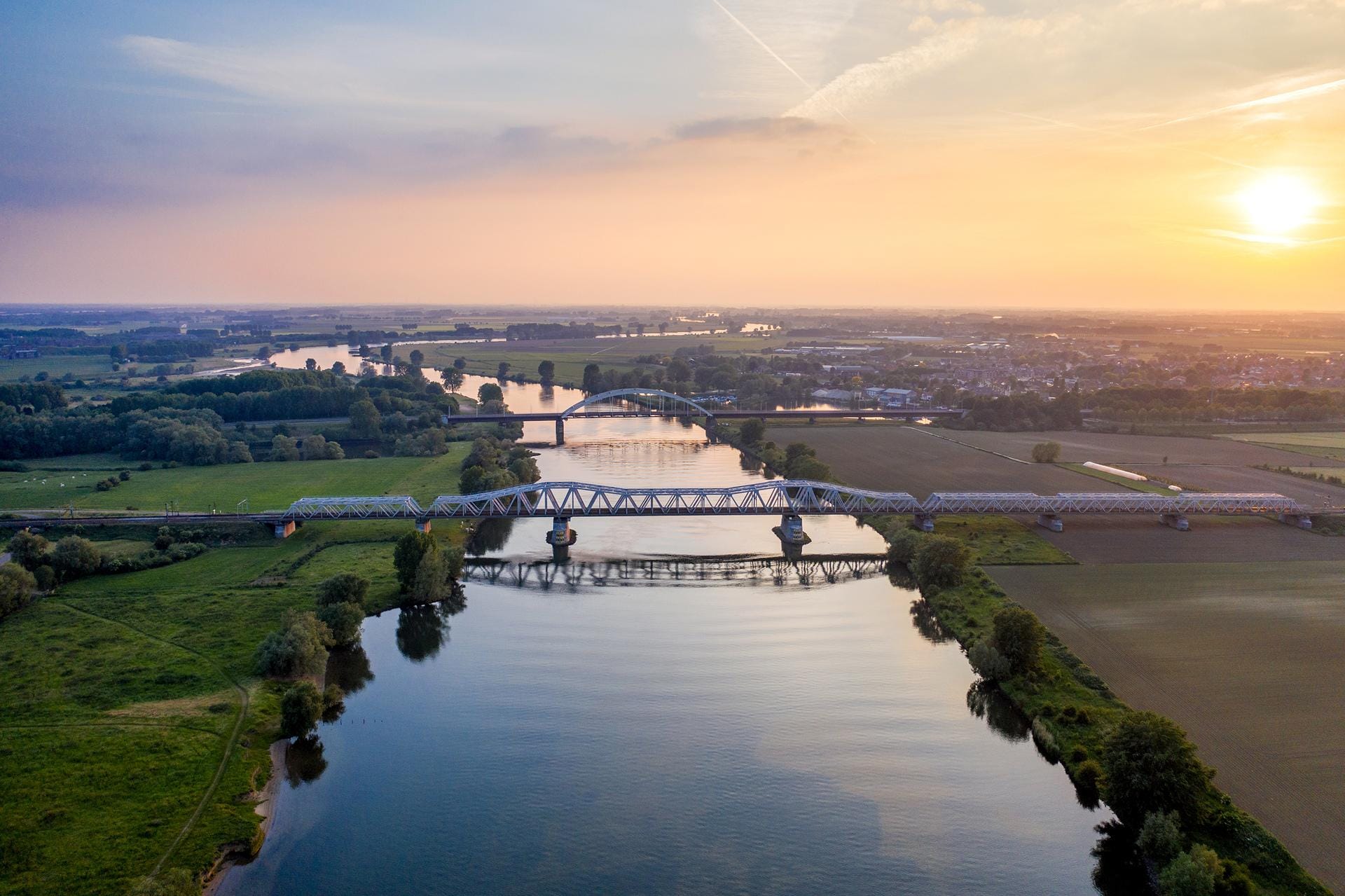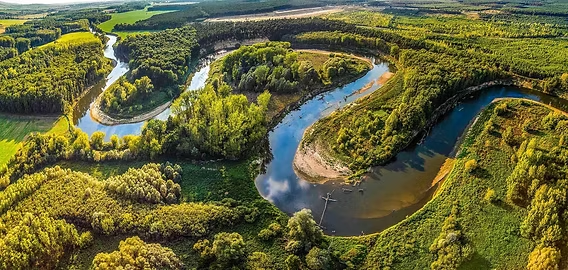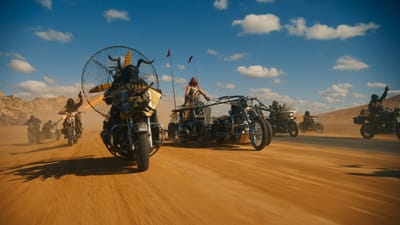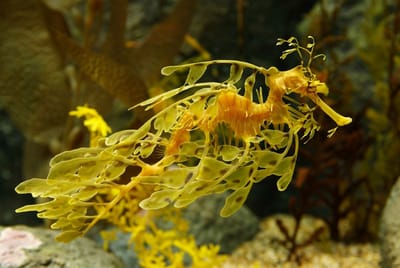TWIL #38: From Predictions to Meandering Rivers

Every Sunday, I share a few of my learnings, reflections, and curiosities from the week. Things I stumbled upon, things I questioned, things that made me look twice. It’s not about being right or complete… it’s about noticing, wondering, and learning out loud.
Thanks for reading. I hope it sparks something for you too.
The future, according to us
What happens when curiosity meets skin in the game?
This week I heard about Polymarket on BNR’s Cryptocast. It sounded like a strange mix of Wikipedia, Wall Street, and a pub quiz… a place where thousands of people don’t just guess what will happen, they bet on it.
Not for fun, but for truth.

How it works
On Polymarket, anyone can create a question about the future:
Will there be a US recession in 2025?
Will Apple release a foldable iPhone this year?
Will Taylor Swift and Travis Kelce get engaged before summer?
You buy shares in “Yes” or “No.” The price, say 65 cents, represents the crowd’s belief that the event has a 65 percent chance of happening. If it does, those shares pay out a dollar.
And because money is on the line, people think harder. It’s curiosity with consequence… a place where belief must face reality. The “wisdom of the crowd” idea suggests that when enough independent minds each make reasoned bets, their collective prediction can be remarkably accurate.
From strange to serious
That’s part of the magic. The platform mixes the trivial and the terrifying.
Strange: One of Polymarket’s most-traded pop-culture questions was whether Taylor Swift and Travis Kelce would get engaged in 2025. They did. And one trader reportedly pocketed over $50.000. The crowd, it turns out, can be surprisingly romantic.
Serious: Another market asked whether Israel would launch a major ground offensive in Gaza in May. Traders watched news, leaks, troop movements and prices shifted minute by minute as reality unfolded. It became a living reflection of collective anxiety.
Logical: In the 2024 U.S. election, millions were wagered on the outcome months before the vote. The crowd’s probability often tracked — and sometimes outperformed — traditional polls.
Together, these markets show how wide human curiosity stretches. From celebrity love lives to geopolitics, the same question hums beneath: What will happen next?
A curiosity mirror
That’s what makes Polymarket fascinating: it’s not just a prediction tool… it’s a sentiment machine. A living map of the questions people care about most.
Look at it long enough, and you can feel the pulse of global curiosity: what we expect, what we dread, what we secretly hope for. Scroll through the open markets and you see the psychology of a moment in time. A kind of collective diary of uncertainty. Half data, half dream.
The curious thing about rivers
In the Netherlands, everything feels designed. The land, the forests, even the water. Canals run in straight lines, dikes in tidy order and even rivers seem to behave, kept neatly within their banks.

But once you start noticing natural rivers elsewhere, you see something different.
They bend. They wander. They draw soft curves through valleys and plains, looping and shifting over time.

It made me curious: Why do some rivers meander, while others run straight?
That’s how I discovered fluvial geomorphology: the science that studies how flowing water shapes the Earth.
What it is
Fluvial geomorphology looks at how rivers form, move, and constantly redesign the landscapes they cross. It’s about the dialogue between water, sediment, and gravity. How rivers carve valleys, build floodplains, and change course over centuries. Every river is an evolving system: eroding one bank, depositing silt on another, always balancing energy and resistance.
In other words, rivers aren’t fixed. They’re alive.
They shift, split, and merge. Drawing the fingerprints of time across the land.
Curious facts about rivers and water
- Rivers move. Meanders slowly migrate downstream, sometimes kilometres over centuries, creating oxbow lakes where old bends are cut off.
- Water remembers. After floods, rivers often return to old paths buried under soil, following invisible grooves of past flows.
- Straight rivers are rare. In nature, only steep mountain torrents flow straight; most others wander, because flowing water seeks the easiest, not the shortest, route.
- Designed rivers forget how to move. In canalised systems, flow speeds up and sediment can’t settle, altering ecosystems and flood patterns.
- Life follows curves. Meandering rivers create wetlands, oxbow lakes, and floodplains. Some of the richest habitats on Earth.
- Rivers recycle continents. Sediment from eroded mountains ends up as fertile soil in deltas — where civilizations often begin.
So that made me wonder… should we, in the Netherlands, change our straight rivers and make them curvy again? This is what I found:
Benefits of meandering / restoration
- Meanders increase the length of the river path, which tends to slow down flow in flood peaks. That gives water more time, reducing downstream flood risk. (Example: Regge restoration aims to moderate discharge peaks).
- They allow more interaction with floodplains: lateral connectivity, infiltration into soils, groundwater recharge, natural storage of excess water. More resilience in droughts and floods.
- Increased ecological value: more habitats, more morphological variety (curves, bars, side channels) = better for biodiversity.
- Landscape & recreational value: more scenic rivers, slower flow, more room for nature and leisure.
Non-benefits / trade-offs
- Space constraints: The Netherlands is densely settled, agricultural, with historic land-use. Allowing rivers to meander or take room often means taking land, changing uses, adjusting infrastructure (dikes, embankments).
- Uncertainty of outcomes: Meanders are dynamic by nature; if the banks and soils are weakened, the river may migrate more than intended, may cause erosion or require more maintenance. Research shows reconstructed meanders in lowland streams take time and respond differently depending on bank materials.
- Conflict with current uses: Many Dutch rivers are already engineered for navigation, drainage, flood defence. A switch to more “natural” planforms may require trade-offs in those services. Straightened channels are often easier to maintain, predict, control.
- Timescale: Natural processes take many years. The benefits (ecology, morphological variety) may take decades to appear. Meanwhile, costs are immediate.

It’s better for nature.
And it makes me happy to look at.
I’ve decided to start a political party.
Just one point on the agenda:
More Meandering Rivers!





